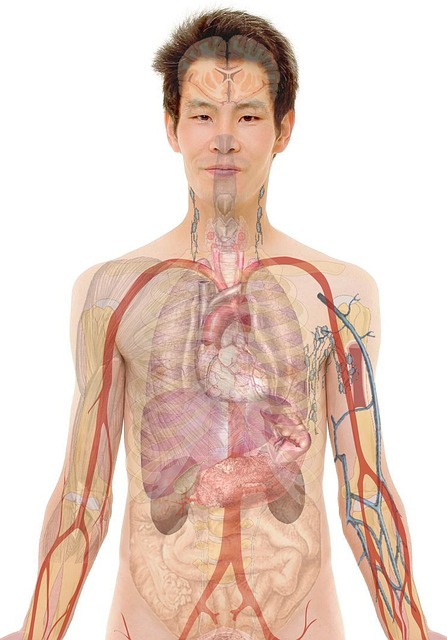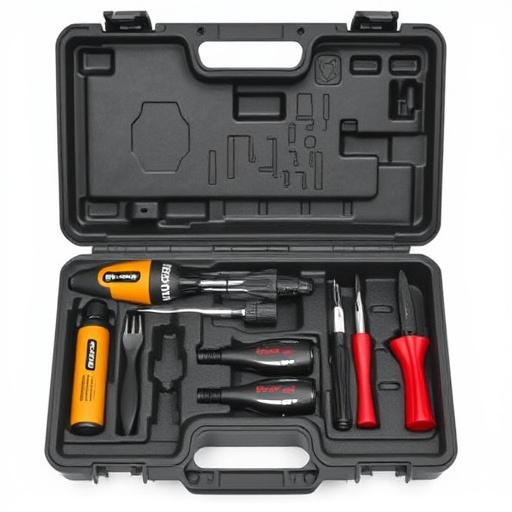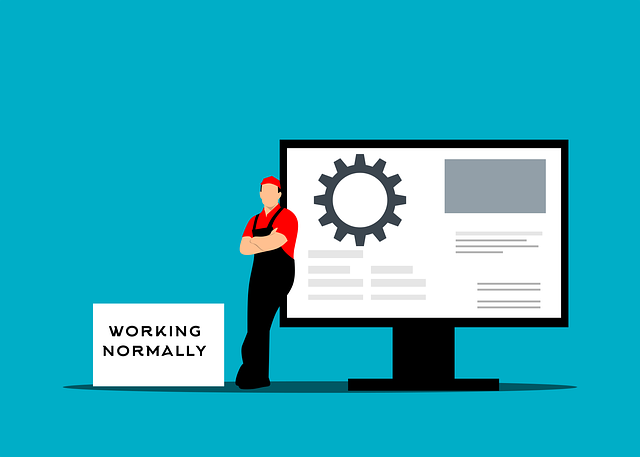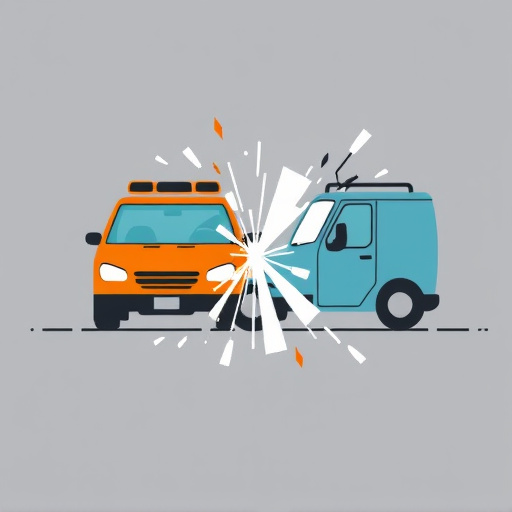Claim dispute resolution is a critical process for resolving disagreements between customers and automotive collision repair providers, facilitating open communication, protecting consumer rights, and ensuring customer satisfaction. To navigate this process effectively, beginners should collect relevant documents, understand policy terms, consult specialists, document communications, and act promptly to avoid documentation issues or missed deadlines.
Looking to resolve a claim dispute smoothly? This complete beginner’s guide breaks down everything you need to know about claim dispute resolution. From understanding the basics and navigating the process step-by-step, to avoiding common mistakes, this article equips you with practical insights. Discover how to approach disputes confidently, ensuring fair outcomes and maintaining positive relationships. Dive into this essential resource for a seamless journey towards resolving claim disputes effectively.
- Understanding Claim Dispute Resolution: The Basics
- Navigating the Process: Step-by-Step Guide for Beginners
- Common Mistakes to Avoid During Claim Dispute Resolution
Understanding Claim Dispute Resolution: The Basics

Claim dispute resolution is a crucial process that helps resolve disagreements between customers and businesses, particularly in cases involving auto repairs. When you take your vehicle to a vehicle body shop or avail of auto repair services, it’s not uncommon for issues to arise post-service. This could be due to dissatisfaction with the quality of work, unexpected additional charges, or miscommunication about the scope of repairs. In such scenarios, understanding claim dispute resolution becomes essential.
The process involves a structured approach where customers can voice their concerns and present evidence to support their claims. It encourages open communication between the customer and the automotive collision repair provider to find an agreeable solution. Whether it’s negotiating a refund, correcting faulty work, or reaching a fair compensation for additional services, claim dispute resolution aims to protect consumer rights and ensure satisfaction.
Navigating the Process: Step-by-Step Guide for Beginners

Navigating a claim dispute resolution process can seem daunting for beginners. However, with a clear understanding and structured approach, you can effectively manage this situation. Here’s a step-by-step guide to help you through it.
First, gather all necessary documentation related to your claim, including police reports, medical records, and any communication with the other party or insurance companies. Next, thoroughly review your policy terms and conditions to know your rights and responsibilities. If the dispute arises due to a car collision repair, for instance, consult with a reliable collision repair center that has experience handling such disputes. These centers often have specialists who can assess the damage, provide accurate estimates, and communicate effectively with insurance providers on your behalf. Throughout the process, maintain detailed records of all conversations, emails, and agreements made. This will serve as valuable evidence if the dispute escalates.
Common Mistakes to Avoid During Claim Dispute Resolution

When navigating claim dispute resolution, whether for an auto detailing service, collision repair, or car damage repair, beginners often fall into several pitfalls. One common mistake is failing to document all interactions and evidence thoroughly. This includes taking photos of damaged property, keeping records of communication, and preserving any relevant receipts or estimates. Every detail matters during this process, as it can serve as crucial evidence to support your claim.
Another frequent error is waiting too long to initiate the dispute resolution process. Time limits are essential in many cases, especially for auto detailing, collision repair, and car damage repair services. Delayed action can result in missed opportunities to resolve issues before they escalate or lead to insufficient evidence. As such, beginners should familiarize themselves with deadlines and promptly address any discrepancies when they arise.
Claim dispute resolution is a crucial process that ensures fairness and justice in various situations. By understanding the basics, following a structured guide, and learning from common mistakes, beginners can navigate this complex landscape with confidence. Remember, effective claim dispute resolution is not just about resolving conflicts but also fostering trust and maintaining positive relationships. Equip yourself with knowledge, stay patient, and approach each dispute as an opportunity for growth – these are the keys to becoming proficient in claim dispute resolution.














